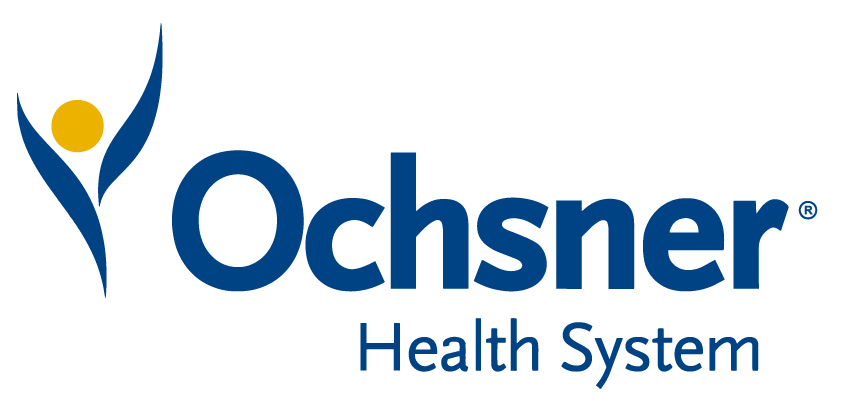

Operating rooms across the country face the challenge of heavily blocked surgery schedules. These stifle growth prospects for surgeons who do not have block time and limit flexibility for perioperative leaders to run efficient ORs.
Open, unassigned OR time not only offers more opportunity for additional surgeons to access the OR, but also gives OR leaders a clear, direct view into which rooms will go unused and where resources could be repurposed. An accessible source of data, powered by advanced analytics, is key to providing both this visibility and a means for stakeholders to take effective action on it.
Join Cone Health’s Executive Directors of Perioperative Services as they outline the tools they rely on to create more open time across their system, including LeanTaaS’ AI-powered solution iQueue for Operating Rooms. In this presentation, the two leaders discuss fostering surgeon-led initiatives to alter block schedules based on dynamic data, and share their successes using cloud-based analytics to address the pressing resource challenges currently facing all OR leaders.
Viewers of this webinar will be able to:






Take the first step towards unlocking capacity, generating ROI, and increasing patient access.
If you work in the healthcare industry, or even if you’re just an interested observer, you don’t need a book to tell you that the financial pressure is on as never before. A perfect storm of circumstances is swirling together, one that will make survivability, not to mention profitability, a greater challenge for healthcare companies than we’ve seen in the modern era.
As with banks, retailers, and airlines, which had to rapidly enhance their brick-and-mortar footprints with robust online business models—it is the early movers eager to gain new efficiencies that will thrive and gain market share. The slow-to-move and the inefficient will end up being consolidated into larger health systems seeking to expand their geographical footprints.
Let’s look at just a few of the looming challenges healthcare must meet head-on.
An aging population
By the year 2030, the number of adults sixty-five years of age or older will exceed the number of children eighteen years or younger in the United States. We are living longer than our parents did. Positive news for sure, but problematic for several reasons.
The older we get, the more medical help we need. Older people have more chronic diseases. By 2025, nearly 50 percent of the population will suffer from one or more chronic diseases that will require ongoing medical intervention. This combination of an aging population and an increase in chronic diseases will create a ballooning demand for healthcare services.